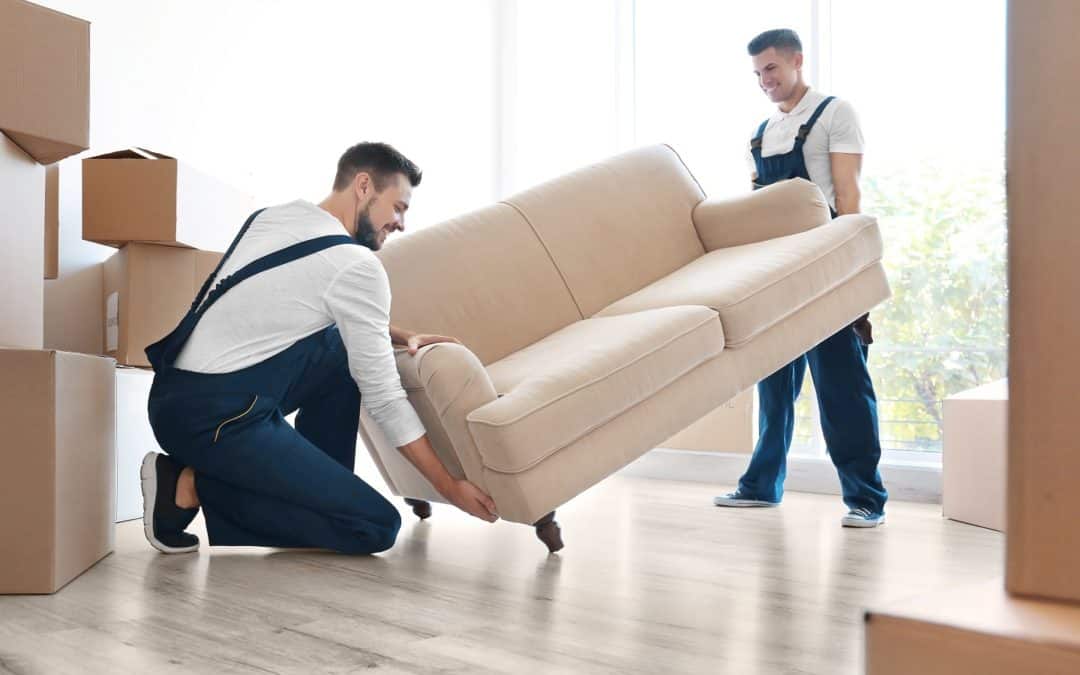The prospect of moving to another home is always an exciting one. But, before all that happiness and excitement eats you up, there’s the hard work you have to go through first. And, that hard work is a lot. There’s the mental load of remembering and preparing everything for your move. Then, on top of that, the physical hassle of packing all your belongings up creeps on the sides too.
The more things you’re taking with you from your old home to your new one, the more work it entails. From smaller and easier things to pack to the bigger ones in your home, there’s so much to cover. One of those is your furniture.
If you’re getting daunted by the idea of moving heavy furniture to your new home yourself, you’ve come to the right place for some tips. With the insights below, you’ll realize and understand that moving furniture isn’t that hard after all.

1. Hire A Furniture Removalist
When you’re moving to another home, you may come across the need to hire several professionals to help you out. One of those professionals is a furniture removalist.
Contrary to the popular thought that you may not need to hire one, paying for a furniture removalist will be advantageous to you. As its name implies, those are professionals who have mastered moving big and bulky furniture. There are many benefits you can gain from hiring furniture removalists, such as:
- They Know What They’re Doing. Let’s face it, especially when this is your first time moving, it’s not always the easiest thing to pack large and odd-shaped furniture. And, if you risk not doing it the right way, your furniture may arrive damaged in your new home. When you let furniture removalists do it for you, you can trust in their expertise.
- They Can Save You A Lot Of Time. Packing for your house move is already time-consuming as it is. Packing up furniture is even more time-consuming. Take that physical load off your schedule by assigning it to the furniture removalists.
- They Offer Insurance For Your Furniture. The best part yet? A good furniture removal company will also provide insurance for your items. It is good news, especially if you have sentimental, collectible, or antique items. Should anything happen to your furniture while in transit, insurance can cover the expenses.
2. Make A List Of The Furniture You’ll Bring
Like all the other items you’re taking with you during the move, pro movers will always tell you to have an inventory of your furniture. Go through each room and then list or take photos of those you’ll be bringing to your new home.
This step is essential so you can clear your home of the furniture you’re selling or donating. Having that inventory can also help you have a better estimate of how much packing supplies you’re going to need and how much time you’ll have to dedicate to packing furniture.
3. Remove Everything Out From The Furniture
While it can be tempting to take the faster and easier route of leaving all your belongings in the drawers, for instance, the pros would tell you not to do so. Yes, you’ll be packing the whole furniture piece with bubble wrap and other protective covering anyway. But, this doesn’t mean you can leave your things inside the furniture as it is.
Before you start packing up any furniture items, empty all the cabinets, drawers, and other storage solution furniture you have first so you can pack those things separately. Doing so will ensure there aren’t any loose objects inside which could potentially damage your furniture.
4. Get Help
Packing large items like your furniture isn’t something you only have to go through by yourself. If you have friends and family who live near you whom you know are willing to lend you a hand with packing for your move, don’t shy away from asking them. An extra pair of hands will certainly make a lot of difference in making the load lighter.
5. Prepare Your Furniture For Packing
Yes, you’ll be cleaning your furniture anyway when you arrive at your destination. However, this doesn’t mean that you shouldn’t take the time to clean and dust your furniture first.
As small as it may be, dust can leave scratches on your furniture, particularly when they’re tightly wrapped during the moving process. Cleaning your furniture can leave it in good condition while also avoiding the chances of dragging unnecessary dirt and grime into your new home.
Conclusion
As you can see from the tips above, successfully moving your furniture is a joint effort between yourself and the professionals. It’s really up to you. How you go about it depends on how much work you’re willing to do to pack up big furniture pieces. Whichever tips you use when packing, the most important thing to remember is always to handle your items with care. Furniture can be expensive, especially when you have branded and antique items at home. Take each item at a time as carefully as possible, so your furniture can arrive in the best condition.

Recent Comments